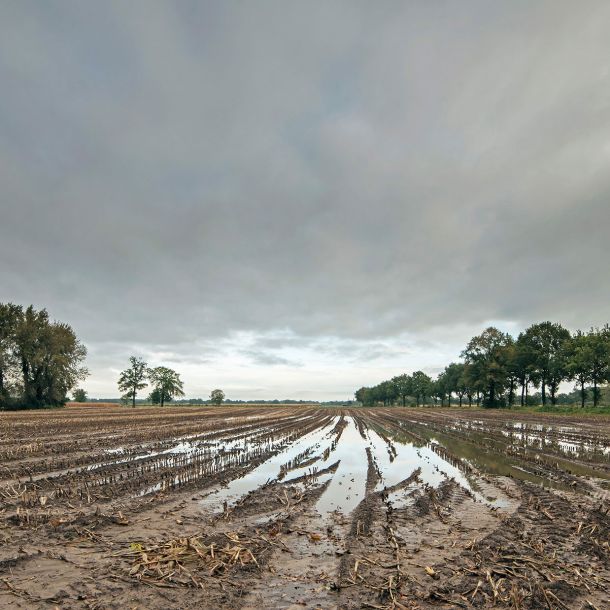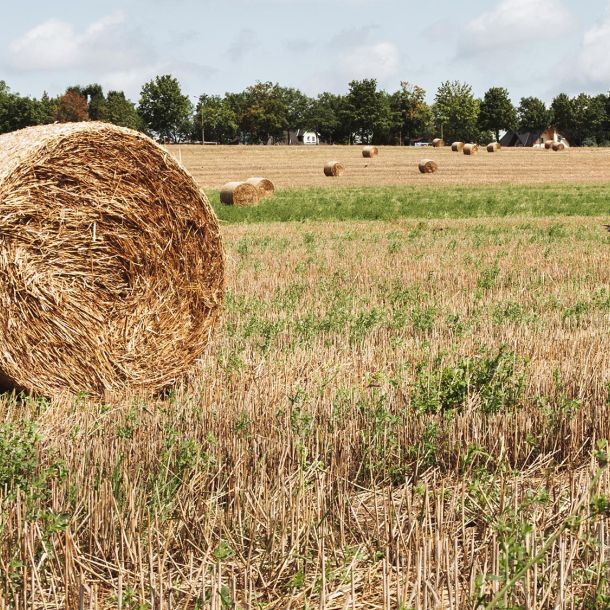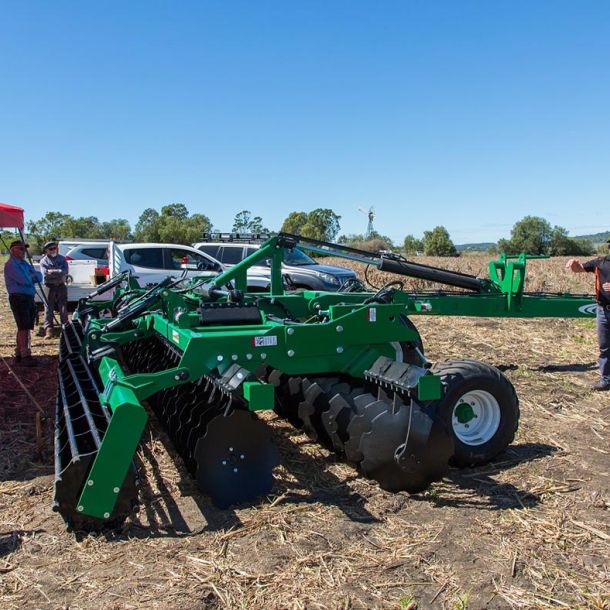Managing Crop Profitability: Juggling Farm Cropping Variables
Creating lasting crop profitability in a cropping operation can sometimes feel a bit like a never-ending circus act. Producers are constantly juggling profitability variables, trying to ensure nothing gets dropped and cropping operations stay profitable. So with a plethora of variables to choose from, how do producers pick those most impactful for their farms?
The Big 6 Drivers of Crop Profitability
A recent GRDC project has some pretty insightful answers, particularly when it comes to managing stubbles while continuing to drive profitability[1]. The GRDC maintains that not managing stubbles can have an adverse effect on “the big six” drivers of crop profitability:
- Summer weed control
- Timely sowing
- Adequate and even crop establishment
- In-crop weed control
- Foliar and root diseases
- Nitrogen-based nutrition
Depending on the types of residual stubbles and the rotation of crops within the paddock, the impact can vary, and it can be more detrimental to one particular “big six” driver than another. But knowing how and when to manage stubbles can present some marked improvements in crop performance and profitability.
The GRDC offers a number of options to help producers avoid blockages, deter pests, and meet other challenges of crop production by managing stubbles. But some are particularly worth pointing out, as they apply to high-cost centres like crop establishment and in-crop weed control.
Strategic Cultivation – A Net Positive
Strategic cultivation[2] provides relatively small disturbance to the soil profile and very small chances of erosion, particularly if employed as late as possible to avoid erosive rainfall between the tillage event and the new crop’s establishment growth. When viewed against the weed control advantages strategic tillage can provide in the pre-sowing portion of the growing season, its value becomes a net positive. Its overall value in increasing crop production through weed control outstrips any potential negatives that might exist from possible erosion.
This strategic tillage employment also has the added profitability benefit of driving down weed control costs later in the season by “nipping them in the bud” – quite literally! – during the earlier timeframe. While this value can be hard to track on a balance sheet, spending less in chemical weed control applications certainly is a profitable by-product of the strategic tillage approach.
Read more about strategic tillage & weed control: TILL TO KILL – THE FIGHT AGAINST HERBICIDE RESISTANT WEEDS
Decrease Additive Costs
Decreased spending via tillage is another aspect of profitability that occurs during the post-harvest time-frame, this time through decreased nutrient additive costs. Mulching stubbles back into the soil post-harvest incorporates valuable nutrients back into the profile, including nitrogen, phosphorus, calcium and sulfur. Post-harvest top dressing of organic stubble has many benefits:
- Provides a richer soil profile
- Increases moisture retention during winter periods, and
- Decreases the need for broadcast fertilisers during the subsequent growing seasons.
Staggered Weed Control
Employing the combination of these approaches also helps catch weeds at two different growth/development points. It interrupts their germination and early growth in the pre-sowing season, and disrupts their seed setting later in the year. Utilising a staggered weed control approach like this keeps weed propagation levels low, soil enrichment high, and more dollars in the pocket of the canny farmer juggling the checkbook!








